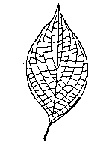Leaf Structure
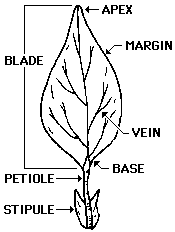 |
The blade
is the entire leaf unit. Sometimes this is
made up of several smaller leaflets.
The margin is the term used to describe the edge of the leaf. Base is the name given to the part of the blade that is closest to the stem. The Apex is the tip of the leaf. The Petiole is the thin stalk that connects the leaf blade to the stem. Stipules are tiny leaf-like structures that may or may not be present at the base of the petiole. |
Leaflet
 The two most common types of
compound leaf where the leaflets are arranged something like fingers around a
hand and where the leaflets are arranged something like a feather.
The two most common types of
compound leaf where the leaflets are arranged something like fingers around a
hand and where the leaflets are arranged something like a feather.

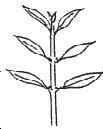 Opposite - directly opposite each other on the stem
Opposite - directly opposite each other on the stem - on both sides, but not directly across from one another.
- on both sides, but not directly across from one another.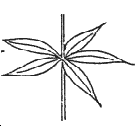 Whorled - three or more leaves per node, usually opposite each
other
Whorled - three or more leaves per node, usually opposite each
other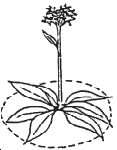 Basal - have no stem all leaves come from the base. Tulips
have basal leaves.
Basal - have no stem all leaves come from the base. Tulips
have basal leaves.

